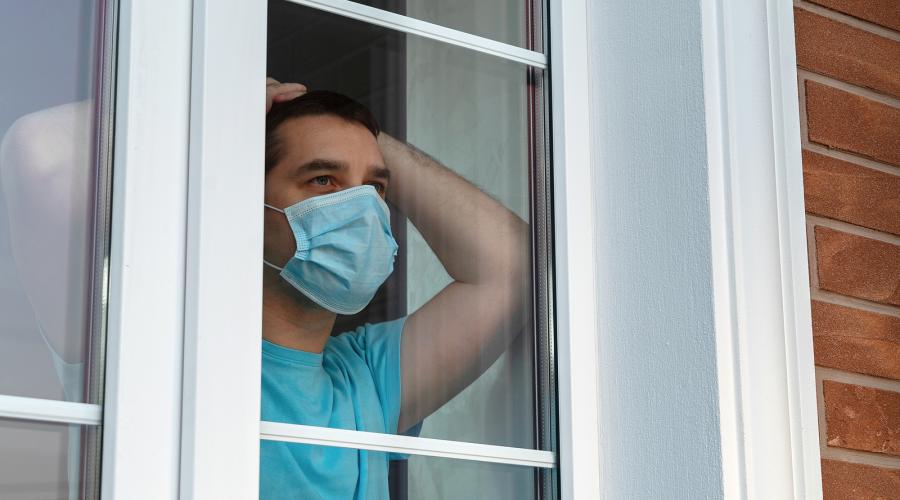
New Research Project: Unemployed Workers in Transition
In September 2020, a team of ILR Ithaca Co-Lab researchers led by Ian Greer is launching a research project on workers made unemployed during the current pandemic. We aim to find out how supports such as unemployment insurance, social services, retraining programs, mutual aid, churches, and charities shape workers' transitions from work to unemployment and back again.
This fall we are looking for participants to spend 15-30 minutes with us to tell their stories. In spring 2021 we will begin the larger study, which will include two 60-minute interviews with around 75 participants spaced about 12 months apart. The questions will cover experiences accessing unemployment benefits and other supports and looking for work, as well as opinions about what about the system should change or be preserved.
We are asking the following questions:
- Which are the main institutions that the workers we interview turn to for assistance during their spell of unemployment? How are their interactions with these institutions, and how do they compare with non-institutional supports such as friends and family?
- To what extent are these institutions assisting them in finding ‘good jobs’? Are workers moving into stable employment or cycling between unemployment and low-quality jobs?
- What are the work orientations of these unemployed workers? When do they pursue good jobs, and when do they decide to accept low-quality jobs or give up looking for work?
- What do unemployed workers think about their own prospects in this labor market? Are they optimistic about finding a high-quality job?
- Do workers’ experiences with these institutions lead them to political activism, mutual aid work, or change in their political opinions?
We will interview participants in states with varying levels of supports for unemployed workers. North Carolina, Florida, South Dakota, Georgia, Mississippi, and Indiana have relatively weak supports: in 2017-19, the number of continued unemployment benefits claims in these states was 10-15% the number of unemployed people and weekly benefit amounts averaged $200-$350. In Massachusetts and New Jersey, by contrast, the coverage rate 50% and weekly benefits averaged $450-525. Florida and South Dakota stand out post-pandemic as the two states with the lowest coverage of unemployment benefits, reaching just above 70% in August 2020. Most states have unemployment benefits coverage above 100% because many claimants of pandemic benefits are part-time workers or not looking for work, i.e. not unemployed, including New Jersey (175%), Massachusetts (240%) and New York (250%).
The research team is led by Dr Ian Greer, director of the ILR Ithaca Co-Lab. In Fall 2020 it includes Alexandra Bixler, Dawn Cornell, Alex Hong, and Hannah Ritter.
To participate in the study, please use this form: https://cornell.ca1.qualtrics.com/jfe/form/SV_bPnZXZW18KI9had.